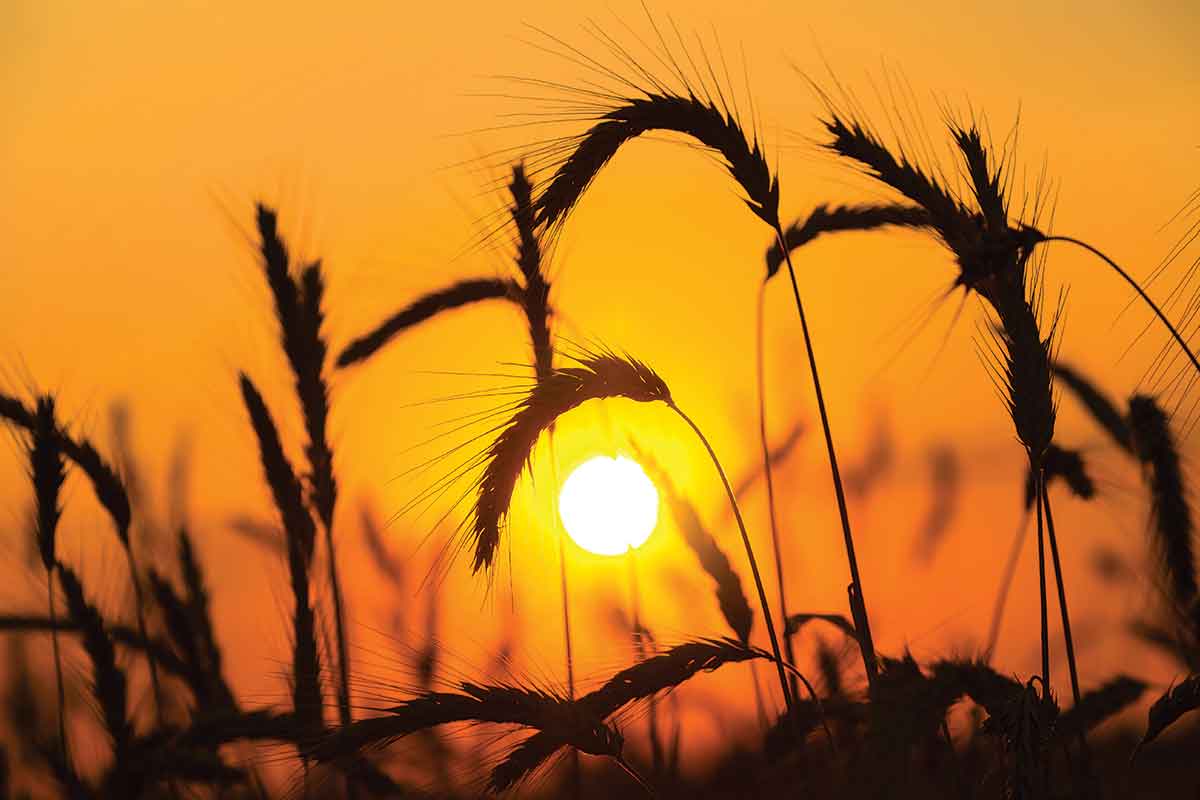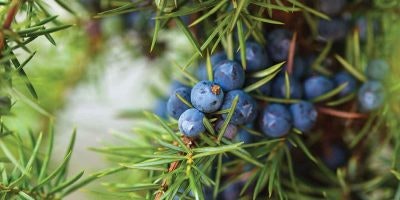Rye whiskey is one of the hottest categories in the whiskey world recent years. In fact, rye has quite the extended history in the US, one which is arguably older than bourbon’s. But Prohibition almost killed the category completely. Fortunately, there are several (re)emerging styles of traditional American rye whiskeys and these days we’re spoilt for choice. If you’re unsure about the different types, don’t worry. We’ve got your back. Let’s look at the major rye whiskey styles that are currently on shelves and how they differ from one another.

Pennsylvania-style Rye
Pennsylvania was once the distilling hot bed of America. It was there that distillation-savvy colonists from Scotland and Ireland infused their old-world booze knowledge into their new surroundings. Rye was a natural grain to work with since it grew well in the northern mid-Atlantic climate. This was also one of the major population centers so there was a built-in group of thirsty customers.
Pennsylvania-style rye (also known as Old Monongahela rye) is characterized by having a mash of just rye and malted barley. It’s usually a big whiskey with a chewy mouthfeel. But it also has a complement of drying rye spice notes which tame the barrel sweetness.
Quite a few craft distillers currently make this rye whiskey style. Perhaps the current most famous of the bunch is Dad’s Hat Rye from Mountain Laurel Spirits. Also, of note are the rye whiskeys coming out of Wigle Whiskey. Both of these companies produce big, bold and balanced drams that pair perfectly with autumn’s crisp air.
Maryland-style Rye
Just a smidge south of PA lies Maryland, which too has its own rye whiskey style. The primary agronomic difference between the states (at least in the 19th century) was that corn grew better in Maryland than it did in Pennsylvania. Therefore, it was only natural for corn to find its way into the local whiskey.
Simply put, corn is an identifier for Maryland-style rye. Typically it has a mash bill of around 60-70% rye, 20-30% corn, and 10-20% malted barley. The corn contributes a bit of sweetness to counter some of the drying qualities of the rye. This rye whiskey style houses some of the more famous ryes currently on the market.
You can make a case that Old Overholt (despite a Pennsylvania brand lineage) and Pikesville Rye (both made in Kentucky) are in fact Maryland-style ryes. In the craft corner, Leopold Bros in Colorado produces an interesting interpretation of the rye whiskey style. The brand uses light oak influence and a touch of roasted barley for a hint of chocolate on the palate.
Indiana Rye
The elephant in the blending room is Indiana rye. This rye whiskey style has taken some flak by some of the whiskey intelligentsia. Indeed it has been used by some distillers with less than honest marketing campaigns regarding their whiskey’s provenance. If your bottle of rye whiskey says it was distilled in Lawrenceburg, Indiana, there’s a good chance that it comes from MGP Ingredients, a large contract distillery that was at one time a Seagram’s plant.
The company makes several rye mash bills, but the most famous (and most used by independent bottlers) is its 95% rye, 5% barley. This high rye mash bill was originally designed for blending purposes. But after a series of acquisitions and ownership changes, MGP found themselves sitting atop a large amount of well-aged rye whiskey. They began to sell barrels of this rye whiskey style to brands of all sizes. Bulleit and Dickel are both composed of this whiskey (supposedly, parent company Diageo is MGP’s biggest customer).
Honestly, the reason that this rye finds its way into so many whiskeys is that it’s damn good. Debate all you want about distillers versus bottlers, but good whiskey is good whiskey no matter what label is on it. Think of this 95% rye recipe as a super charged Pennsylvania rye. It has a chef’s cabinet worth of spice and a big barrel character to match. And despite the ubiquity of the recipe in the market, bottlers have been able to release an array of iterations, vastly expanding the flavor spectrum.
Other Rye Whiskey Styles
With the rapid rise of distilleries throughout the U.S. we’re seeing a greater expansion of the rye category. New York distillers just solidified its Empire Rye category which offers the brand’s own unique take on the grain. Sonoma Distilling Company is getting creative by using 10% cherrywood smoked barley in its mash. If you’re a bit more luxury minded, then Old Potrero Hotaling’s 16 year old 100% rye whiskey should set ya right.
Hopefully this has been a helpful primer to anyone looking to understand American rye whiskey styles a bit better. Let your palate be your guide and enjoy a little rye!
With Distiller, you’ll always know what’s in the bottle before you spend a cent. Rate, Review and Discover spirits! Head on over to Distiller, or download the app for iOS and Android today!



